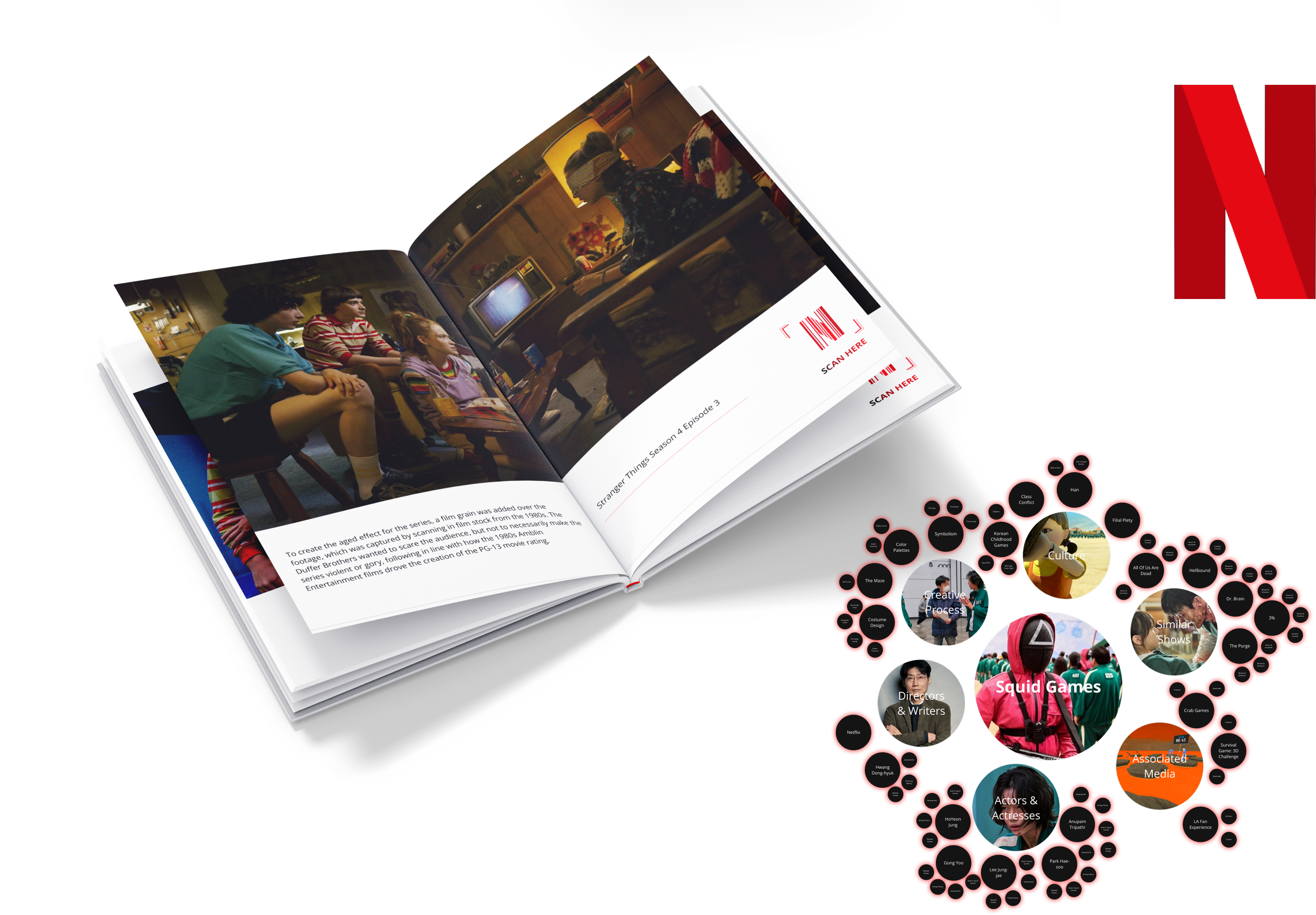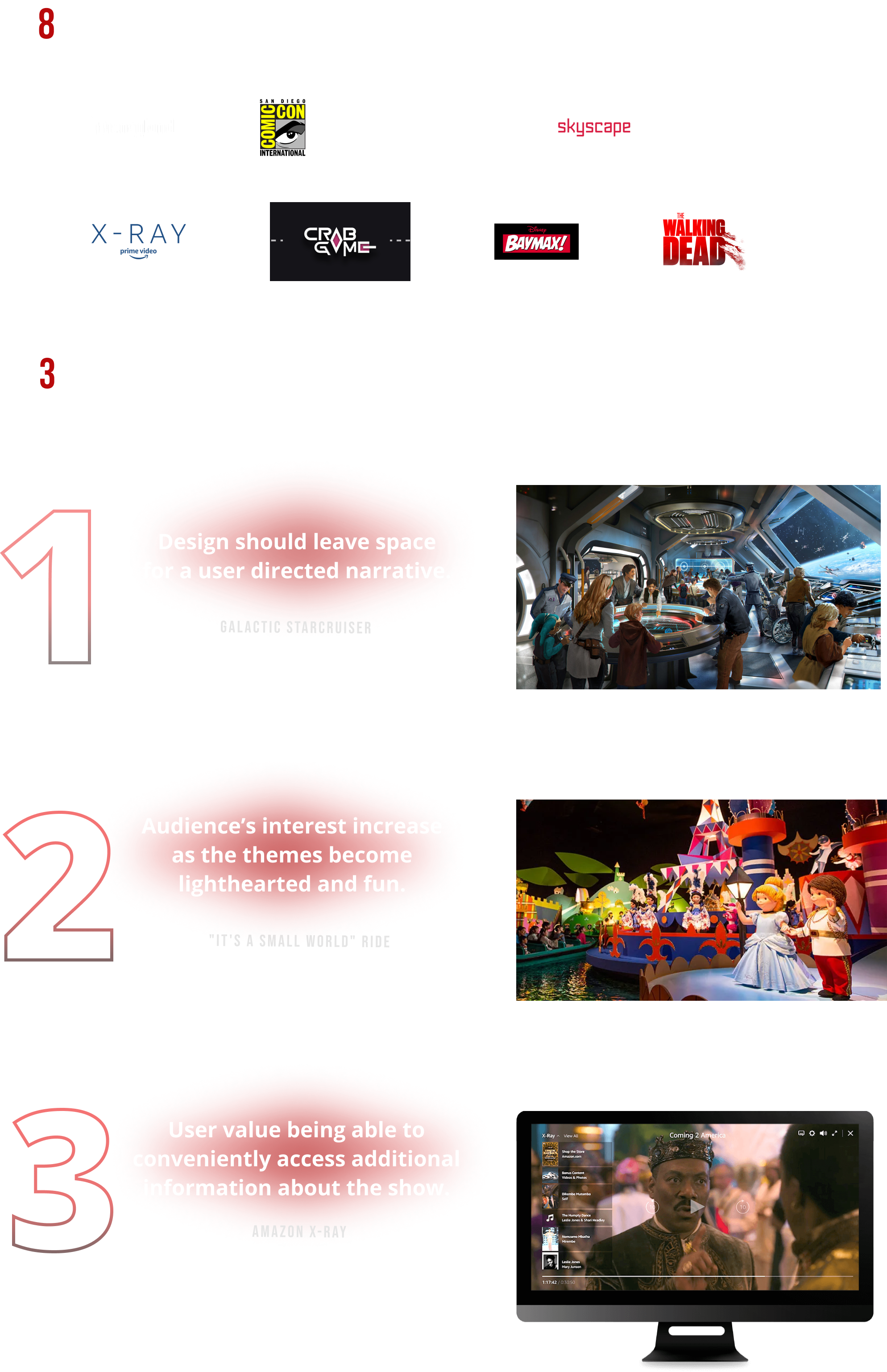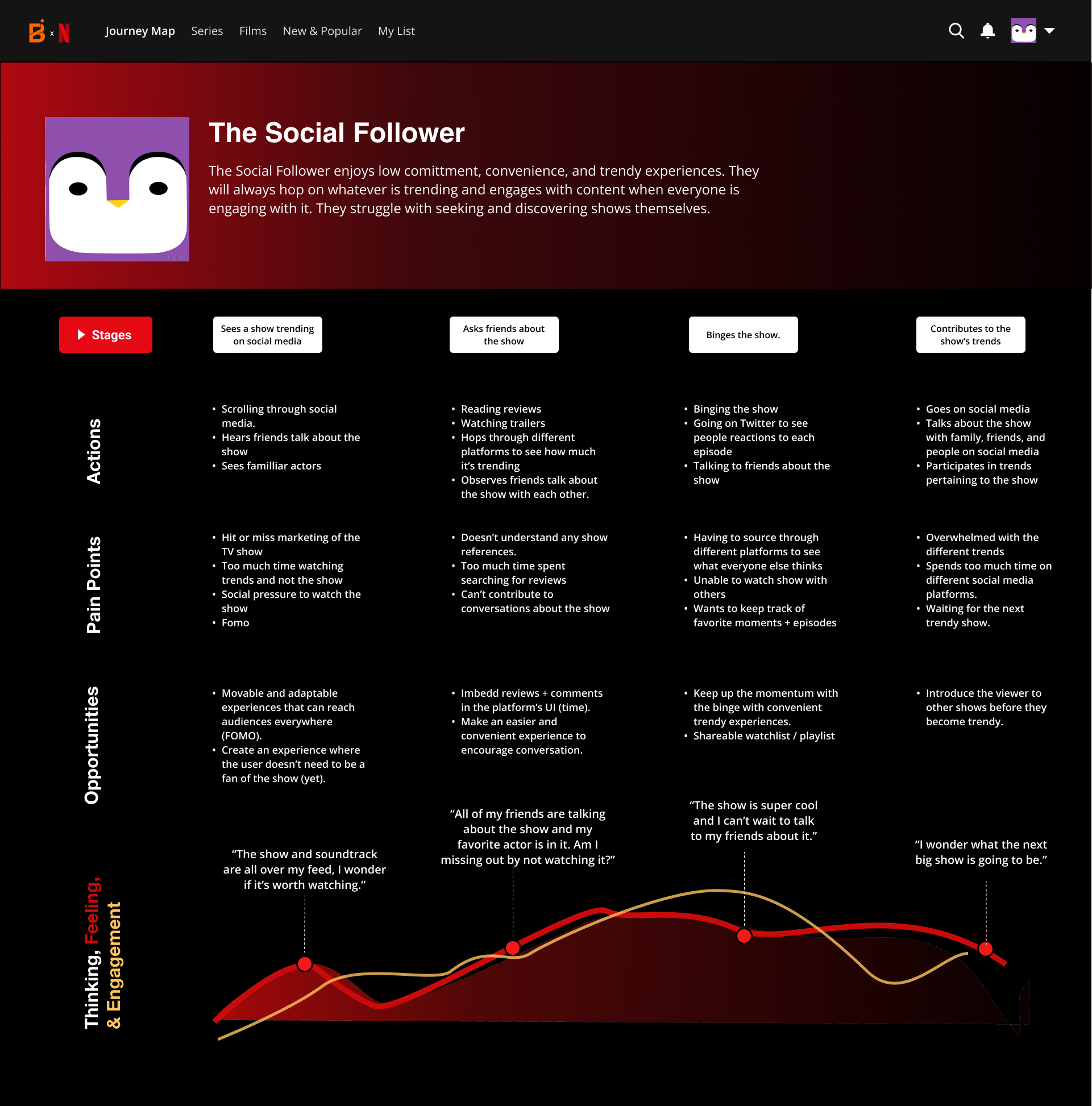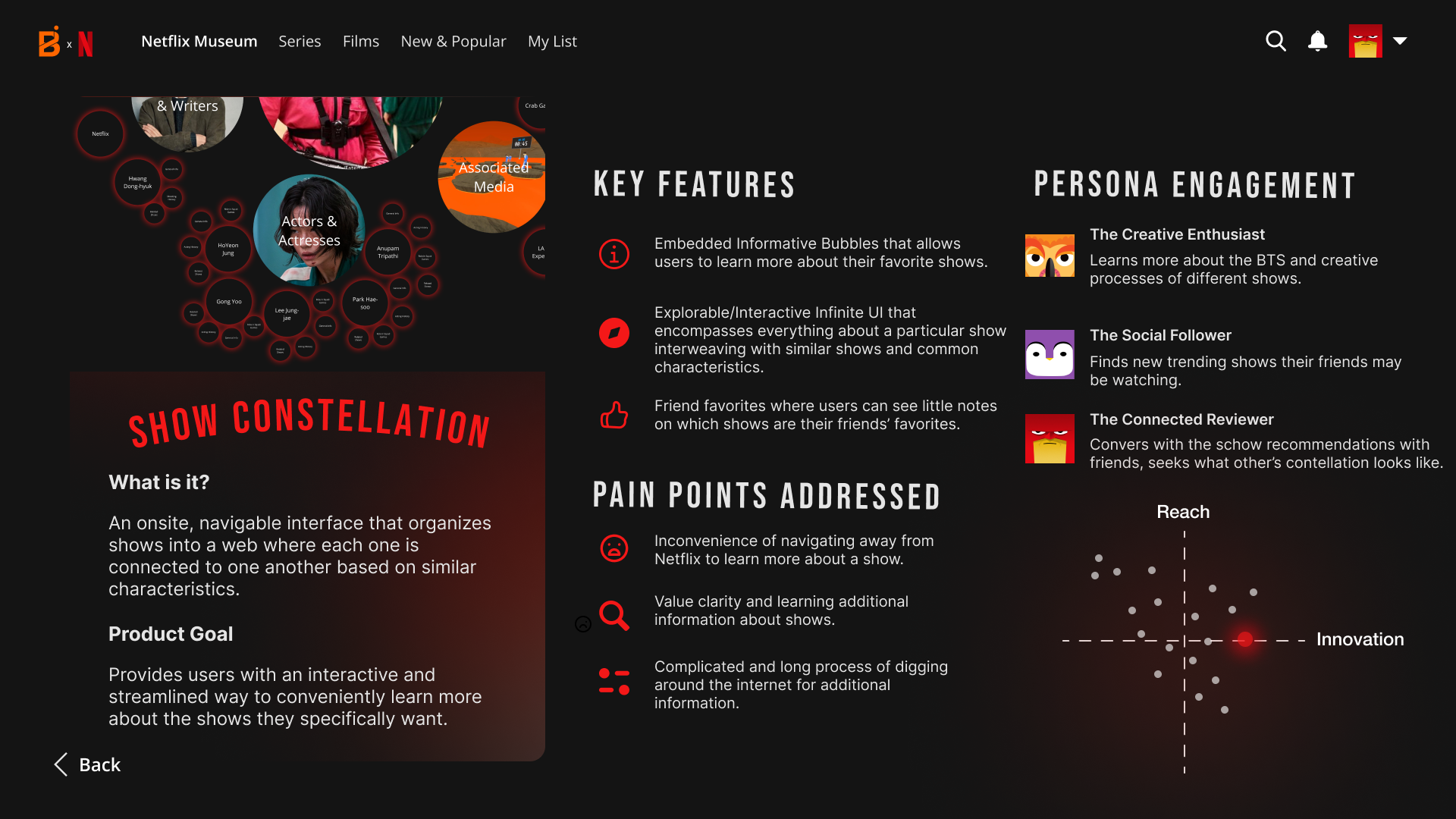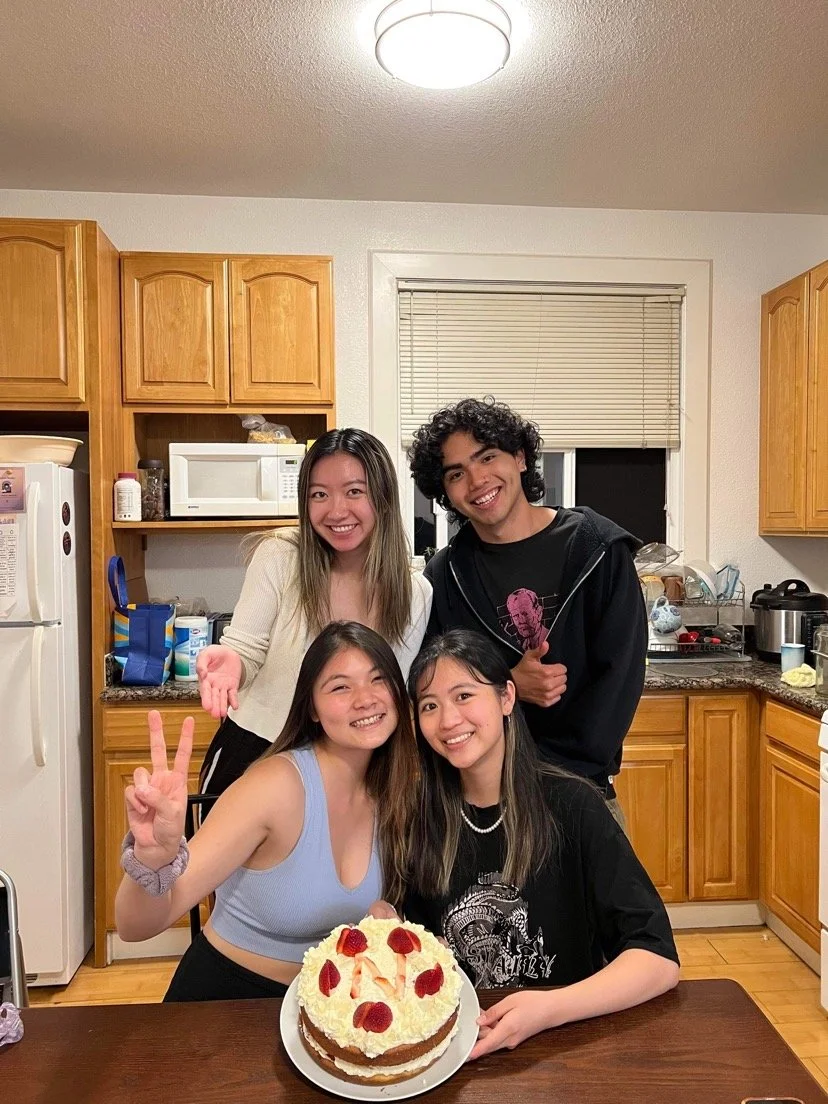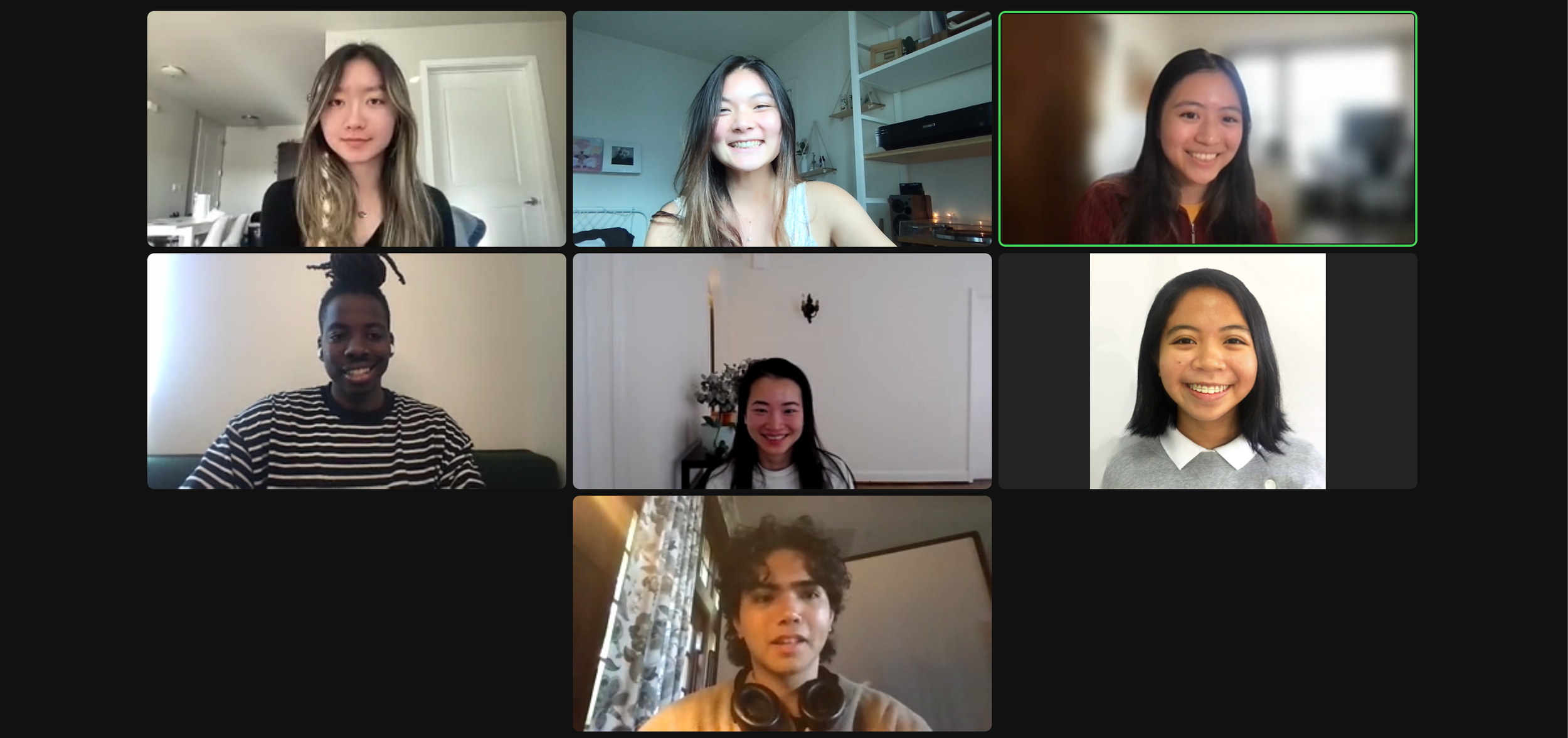
Netflix
Understanding fandoms and creating new interactive and immersive experiences.
Timeline: January 2022 - May 2022
Team: Jasmine Chen, Isabel Zheng, Cici Wei, Rapha Felipe
Discipline: UX Research, Product Ideation, Strategy
Tools: Figma, Qualtrics, Google Suite
Project Overview
What’s up with interactive and immersive experiences?
Netflix is the world’s leading streaming entertainment platform, with 195 million paid memberships in 190+ countries. Their entertainment selections ranges from digitally streamed TV shows and movies, merchandise for Netflix Originals, to even physically interactive pop-up exhibits.
With the unprecedented success of Squid Games' Pop Up exhibits and existing interactive content like Black Mirror: Bandersnatch, we studied interactions between fandoms and media to create extended platform experiences, with the ultimate goal of increasing viewer engagement and membership retention.
How might we increase Netflix viewer engagement through interactive and immersive extended platform experiences?
As a way to guide our research plan, we followed these research questions:
What types of new platform experiences would increase viewer engagement with Netflix?
Are there any specific types of content that audiences want to see from Netflix?
What are the potential consequences to developing new types of content or methods of engaging with the Netflix app?
This is how we did it
We presented a researched-back and data-driven ideated list of extended immersive and interactive Netflix content. Our final deliverable includes user research insights, qualitative and quantitative data analysis, three user personas, three journey maps, a fan continuum, and a finalized wishlist of three digital + physical products.
After all that research we found that…
Fans possess four core values when it comes to interacting and participating in experiences pertaining to their favorite TV show: perspectives, convenience, clarity, and commitment.
Wanna see what interactive and immersive products we came up with?
Our final solutions are:
Traveling Netflix Museum Creative Exhibit
Immersive Netflix Screenplay book
Netflix Show Constellation
Timeline and my role
In addition to collaboratively creating a research framework, designing user surveys, recruiting participants for user interviews, creating an interview guide, and designing content experiences, I spearheaded our research synthesis sprint. I demonstrated my ability to empathize with users by implementing a grounded theory approach for our user interviews, ensuring that our personas and journey maps were research-backed.
Secondary research (2.5 weeks)
User interviews (2.5 weeks)
Grounded Theory + Affinity Mapping (1 week)
Constructing + Survey disbursement (2 weeks)
Synthesis (1.5 weeks)
Ideation, Low-Fidelity prototype, Concept refinement (2 weeks)
User Testing (.5 weeks)
Mid - Fidelity prototype (1 week)
Research Report (1 week)
Secondary Research
Netflix’s problem was large in scope, so we spent our first sprint conducting competitor analysis, analyzing media study academic literature on fandoms, and reviewing past research on viewer engagement that Netflix has conducted. Through this preliminary research, we explored four topics:
Cultures and trends within fandoms
General feelings about immersive experiences
Current immersive and interactive experiences
Engagement behavior within fandoms
What do we already know about our users?
No more games!
The “pressure to succeed” turns participants away from enjoying experiences. In other words, viewers don’t want to feel like they are “losing” or “failing” at an experience.
Fans don’t need in-person experiences
Regardless of in person viewing, fans act as active audiences via live tweeting on Twitter or commentary with friends/family members.
Not all shows need extended platform experiences
Shows can only gain meaning if it is relevant to fans themselves and has the potential to expand both emotionally with the fan and physically with production. In other words, not all shows require immersive and interactive components or experiences: they need to have a fandom who yearns for experiences past the screen.
Successful immersive experience put the participant in control
Participants of immersive activities enjoy it when their actions have direct consequences and shape the trajectory of their experience.
The Fan Continuum
The insights we developed from our secondary research provided a framework for our research plan. We found that TV show engagement levels are not consistent between Netflix users, and that viewer’s engagement levels can be categorized on a fan engagement continuum. We used a fan continuum to illustrate our user’s engagement variability, and to ultimately ensure that our solutions would address the needs of different types of Netflix users.
Competitor Analysis
To understand the market space, we conducted a competitor analysis on companies who have incorporated immersive experiences in their content platform to understand their strengths and weaknesses.
Exploring how fans interact with their favorite TV shows
User Interviews
We conducted user interviews to understand consumer’s motivations for engaging with various types of TV show content and identify where in their viewing journey we could enhance with extended platform content. We recruited users from Twitter, Discord, Reddit, and Facebook and ultimately interviewed a diverse pool of 14 TV show fans.
Grounded Theory
As the research synthesis lead, I led my team to synthesize our qualitative data using a grounded theory approach. This approach buffers our preconceived ideas of potential solutions, and allows the research to lead us to creative, innovative, and novel solutions. Because the scope of immersive and interactive experiences are broad, it was important that our findings were connected to the data.
How did We do it?
We transcribed all of the interviews and grouped key phrases into concepts, where we created categories from those concepts. Since all of our categories were backed by qualitative data, we generated hypotheses about what consumer’s value in content related experiences. We used these hypotheses as a framework for our survey.
Four hypotheses and themes were derived from our Grounded Theory Synthesis, which helped us guide what we wanted to include in our mass survey.
Do these themes apply to everyone?
Because we were dealing with an exploratory problem space, we wanted to validate our qualitative insights with a larger user pool. We sent out a Qualtrics survey to 300+ TV show fans to assess their values on show related experiences. Our goal was to understand the variance in how much users value perspectives, convenience, clarity and commitment in TV show content, so we employed a mixture of multiple choice questions, free response answers, and 5 point hedonic scales.
Key Insights
Participants agree the most with
Wanting to hear from writers and authors of the show
Going on external sites to seek extra content and information related to the show
Enjoying listening to other people’s perspectives and providing their own opinion about a TV show
Engagement with a show decreases when the viewer doesn’t have time and there is a lack of new content.
Fan created content and community focused collaborative platform experiences are most desired by survey participants.
Who are the fans?
and what do they do?
Personas
From all of our research, we developed three personas in order to humanize and illustrate the pain points viewers have with existing content and their motivations for participating in extended platform experiences. These personas allowed for us to empathize with all different types of TV show viewers so that our solutions have the largest audience reach
The Creative Enthusiast
The Creative Enthusiast runs to watch TV show analysis videos after they finish, appreciates director’s creative choices in cinematography, and sometimes makes their own fan-related content. They crave clarity, creative outlets, and additional content with their favorite TV shows.
The Social Follower
TV shows find the Social Follower, they don’t seek content themselves. Whether it’s a TV show trending on Tik Tok or all the buzz their friends keep talking about, they watch TV shows to follow the status quo. They love to contribute to a conversation about the show, but struggle to find a convenient way to watch a show they want and not what’s just trending.
The Connected Reviewer
Whether it’s going down Reddit holes, live tweeting during a show finale, or convincing others to watch their favorite TV show, the Connected Reviewer values perspectives and community. They wish their were more content during the off-season and want a more convenient way to share and seek opinions about their favorite show.
Journey Map
Before ideating solutions, we created journey maps for each of our personas in order to visualize where their engagement habits pitfall, and to understand where in their TV show viewing journey we could improve.
Visualizing personas on the fan spectrum
Extending off of our research from literature review, we placed our personas on the fan continuum to visualize the diversity in engagement habits and levels of TV show fans. We used this spectrum to ideate solutions and features that could attract and address each of our persona’s needs, regardless of their dedication to their favorite TV show.
Ideation & user testing
As a team, we brainstormed 32 different solutions. We then ranked each solution from 1-5 on a customer and business value scale to cut out ideas. After, we placed the rest of the ideas on a reach vs innovation 2x2 matrix to visualize not only how our solutions cater toward a wide range of fans, but also uphold Netflix’s values of innovation. Finally we user tested six ideas to Netflix fans to get user feedback.
Some things we asked:
Convenience and accessibility were the biggest concern. We used the feedback from our user testing to flesh out and create features that were applicable to different personas.
Final Solutions + Recommendations

Final Solutions and Recommendations!
A Deeper look into the ideas + how they address our personas needs
Reflection
It was such a privilege to do UX research for Netflix as my first consulting project. With the scope of this project being quite large, it took around four months to complete the research report, and words cannot describe how much I learned. Well, I’ll try.
Creating a research plan is not only the hardest part, but it takes the longest.
I always thought the HCD process was intuitive — empathize, synthesize, ideate, create — however we were challenged to think of the unimaginable; to not only empathize with our users, but to research the interactions users have with media, fandoms, and experiences. We spent a lot of time figuring out our direction and solidifying a research attack. From conversing about the order of our methods, to being stumped on our research question, every meeting was completely worth it.
Don’t skip preliminary research and academic literature.
Conducting desk research and utilizing all of the research on fandoms, and behavioral psychology helped shape the trajectory of our research. It provided a framework for story-telling and helped isolate our user groups.
I am really proud of the work my team and I did. We designed, created, and conducted a user experience research study from start to finish.
A huge thank you to the team over at Netflix — Lu Huang, Constantine Konstantakis, and Jared Culp — for being amazing mentors throughout the project!
Baked the BEST Netflix Cake for team bonding
Last Client meeting :(
